Why Asian Hate Crimes Are on the Rise
On March 16th, eight people, including six Asian American women, were killed by a 21-year-old man at three different spas in Atlanta.
Robert Aaron Long, who has admitted to the crime, faces charges from malice murder to aggravated assault. While investigators state that the suspect had denied race as a factor in the shooting, they have not ruled it out as a motivator. The suspect told the police at the time of his arrest of his “sexual addiction” and the shootings were his attempt to fight his “temptation.”
But despite these claims, amid the rise in hate crimes against Asian Americans across the nation, there have been cries of fear and anger across the Asian American community.
Part of the reason for this reaction, lies in the lack of action and concern from the general public as well as legislators. A spokesperson for the Cherokee County Sheriff’s Office was accused of minimizing Long’s actions after declaring that Long had “a really bad day” before the attack.
“He was pretty much fed up and kind of at the end of his rope, and yesterday was a really bad day for him and this is what he did,” Captain Jay Baker says, invigorating much criticism.
But the Asian American community has a right to be concerned. While hate crimes overall declined by 7% in the last year, data released from California State University, Saint Bernardino, found that hate crimes against Asian Americans have increased by nearly 150 percent. About 17% of Asian Americans reported threats, sexual harassment, stalking, and more. And 21% of Asian American respondents on one survey, said they were harassed online.
The founder of the policy research nonprofit AAPI Data, Karthick Ramakrishnan, says that while the Trump administration’s rhetoric on social media, blaming China for the coronavirus, does not entirely explain the surge, it did play a substantial role.
“What Trump did is that he weaponized it in a way,” Ramakrishnan says. “Trump’s rhetoric helps a certain narrative in place — and presidents have an outsized role in terms of shaping narrative.”And Trump isn’t the only one. Another study found that language like the “China virus” by the conservative media and politics has changed the way Asian Americans are perceived. On March 8, after Representative Paul Fosar, R-Ariz and then-Secretary of State Mike Pompeo referred to the coronavirus as the “Wuhan virus” and the “China virus” respectively, an increase of Asian bias occurred.
Anahi Vildarich, a professor at Queens College, says, “Hate and stigma against Asian American populations have gone viral during the COVID-19 pandemic. Social media has significantly contributed to the pandemic of prejudice and hate against Asian populations globally. With its power to freely move across time zones and social geographies, social media has turned terms such as ‘Chinese virus’ and ‘Wuhan virus’ into race-based stigma against Asian groups in the United States and overseas.”
Apps like Twitter and Facebook allow politicians like Trump, Fosar, and Pompeo a platform to broadcast their ideas, no matter how racist or biased it may be. The fact that this digital hate has culminated in real attacks against Asian Americans is a dangerous reminder that such instances of targeted hate may occur in the future as a result of careless rhetoric on social media.
Avery Ngo is a Segerstrom senior and the editor-in-chief of The Jag Journal. She’s a book addict and enjoys every genre but sci-fi, especially fantasy,...

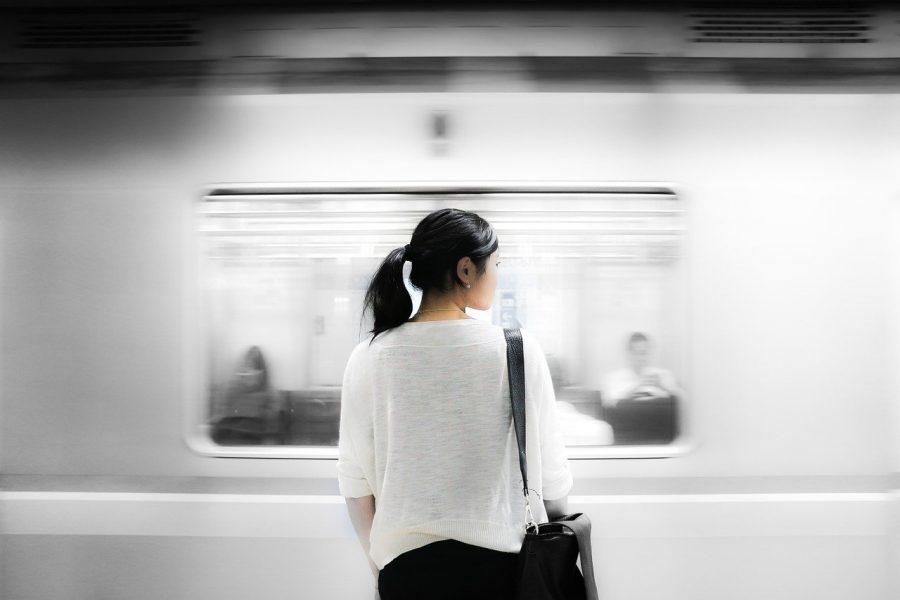
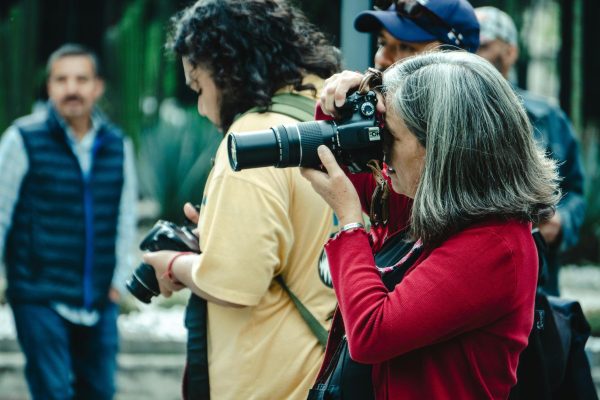
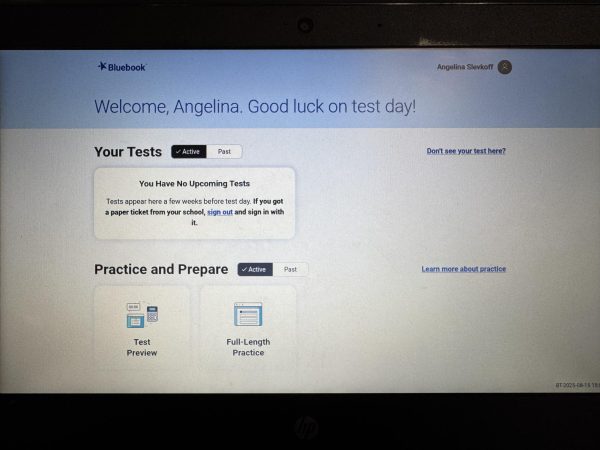
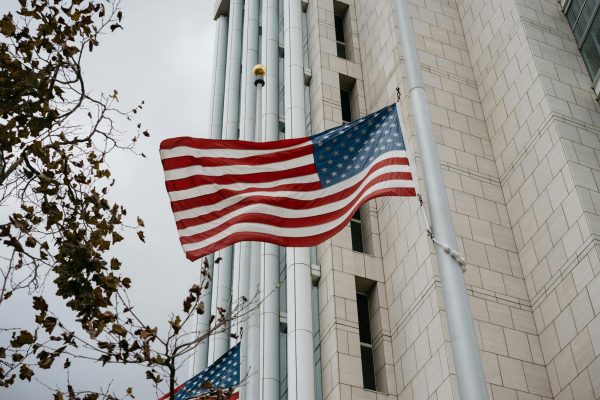
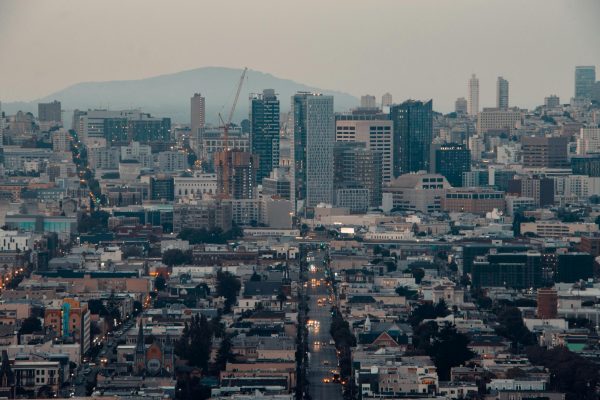
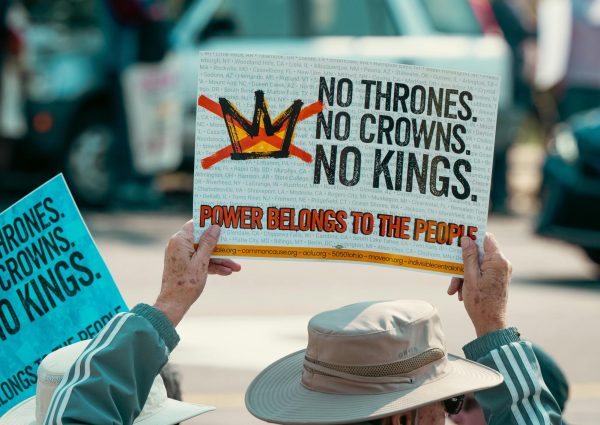
Amy Dam • Apr 9, 2021 at 8:51 pm
Thanks for putting this story out there, Avery! I agree, social media does indeed play a role in the hate crimes towards Asian individuals today. Hate crimes and attacks towards Asian people has been an ongoing problem, but now, more than ever, we see it happening around us. As a first generation Asian American, it makes me feel scared for my loved ones, especially my grandparents, when I hear about more cases regarding innocent Asian people getting attacked solely because of their race, on the news.